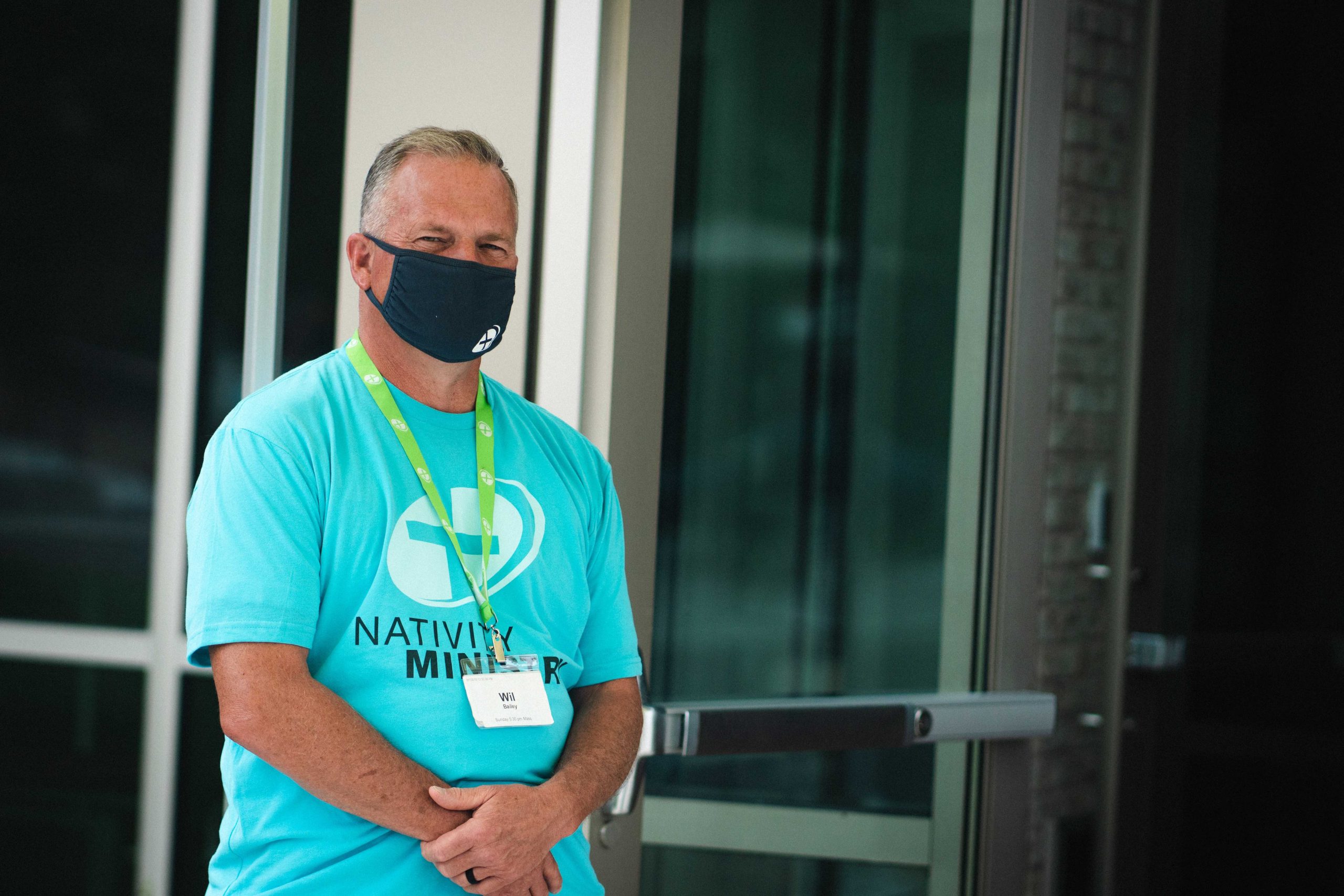If there is a single, principal fear that pastors and church workers share in this season of COVID-19, it is the fear that people simply won’t come back to church. Declining attendance was already an established pattern pre-COVID, which has now simply accelerated. Church leaders know that with disaffiliated parishioners comes the loss of funding and all the consequences that introduces.
Fear causes us to respond in unhealthy ways. Chief among them is the temptation to focus on who to blame rather than how to address the problems at hand. One could blame leaders in the Church, bishops and pastors who, in the view of some, weakly caved to the whims of the state. Or, we lash out at the faithful for not responding dutifully to demands of obligation. Both approaches are born of fear and division and ignore the real problems the church faces.
There is a way forward. In what seems like an existential crisis, there is a huge opportunity to reinvigorate the mission of the Church. This time is unique not just because of its challenges but because of its opportunities. We have only just begun to see the fruits of creative uses of new technology in service of evangelization.
This time is unique not just because of its challenges but because of its opportunities. We have only just begun to see the fruits of creative uses of new technology in service of evangelization.
Tweet
Presented here are five strategies for bringing people back to church this fall – but first, a small caveat. What I mean by ‘bringing people back to church’ is not necessarily bringing people back into the church building. A return to physical practice of the Sacraments is an important goal but it is by no means the only way of engaging with the fallen-away, unchurched, elderly, or those with pre-existing conditions. Those groups will need to be reached in creative ways that are outside of the four walls of the church.
1) Supercharge Your Online Campus
Right now, engagement is a better metric than attendance – even online. Instead of focusing on how many people are tuning in online (which is difficult, if not impossible to calculate), focus on how you are engaging with those who do tune in and how you are creating a prayerful experience online. Find an online streaming platform that allows someone (a designated minister) to chat in real-time with online viewers. Our Sunday morning stream is filled with greeters, prayer ministers, and hosts. Active participation is encouraged.
Right now, engagement is a better metric than attendance – even online.
Tweet
2) Bring Church to Where People Are
In all forms of discipleship, you need to put rungs on the ladder. In other words, you need to establish clear, incremental steps that make holiness attainable for those who are at the ground level. That’s why we have been experimenting with something we are calling ‘Watch Parties.’ They are small gatherings of friends and family who watch Mass together in someone’s home and spend time following Mass discussing the message. In some ways, our temporary name for these gatherings doesn’t quite do them justice. After all you don’t really watch Mass (you participate) and it’s not really a party either. But it does represent a small step forward for many who are tentative about returning to church at this time.
3) Make Them Feel Safe
As people decide whether to return to in-person liturgies, their safety and the safety of their families will remain the number one factor. For us that has meant starting slow: we started with just 2 Masses with 25% capacity, then raised the capacity to 35% and opened a third Mass for staff and ministry leaders. It has meant taking every possible safety precaution like blocking off water fountains and creating bottled water stations instead. And we try to be completely transparent about our efforts, so that people are not only safe, they feel safe.
4) Refine Your Message
If you are a pastor or lay associate who does a lot of speaking and teaching, this fall can be a good time to refine your messaging and presentation style. The homily in particular has taken on new importance as the main way of connecting with people during online services. But it is not without its challenges, either. It can be hard to convey humor and energy over an online live stream just as it is difficult to read an audience that is wearing masks. Make time to practice your message before the weekend so that you can focus on those tones and important points. Consider preaching in a “series” with consistent themes explored over the course of several weeks.
5) Focus on Healing Not Politics
This fall could be an especially divisive time in many communities, at least here in the US as the election draws nearer. Regardless of who wins or loses, there will be much healing to be done between friends, family, and parish communities. The Church does have a role to play in forming consciences to be exercised in the political sphere. But in this time the Church also has an opportunity to be a force of unity rather than division. Preaching or teaching that even alludes to politics or suggests partisanship could be divisive to your parish and drive some away. If, on the other hand, our parishes become refuges in the storm they could be quite attractive.
This season we are in is a unique one for sure, challenging in many ways. But it is also a missional moment. Don’t miss the moment.


